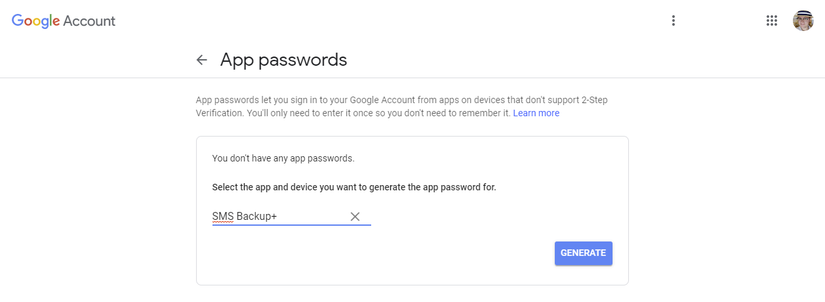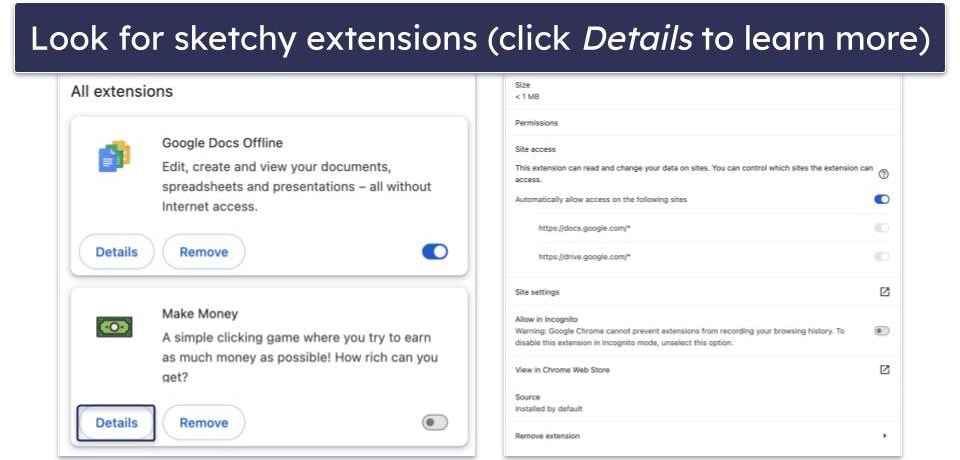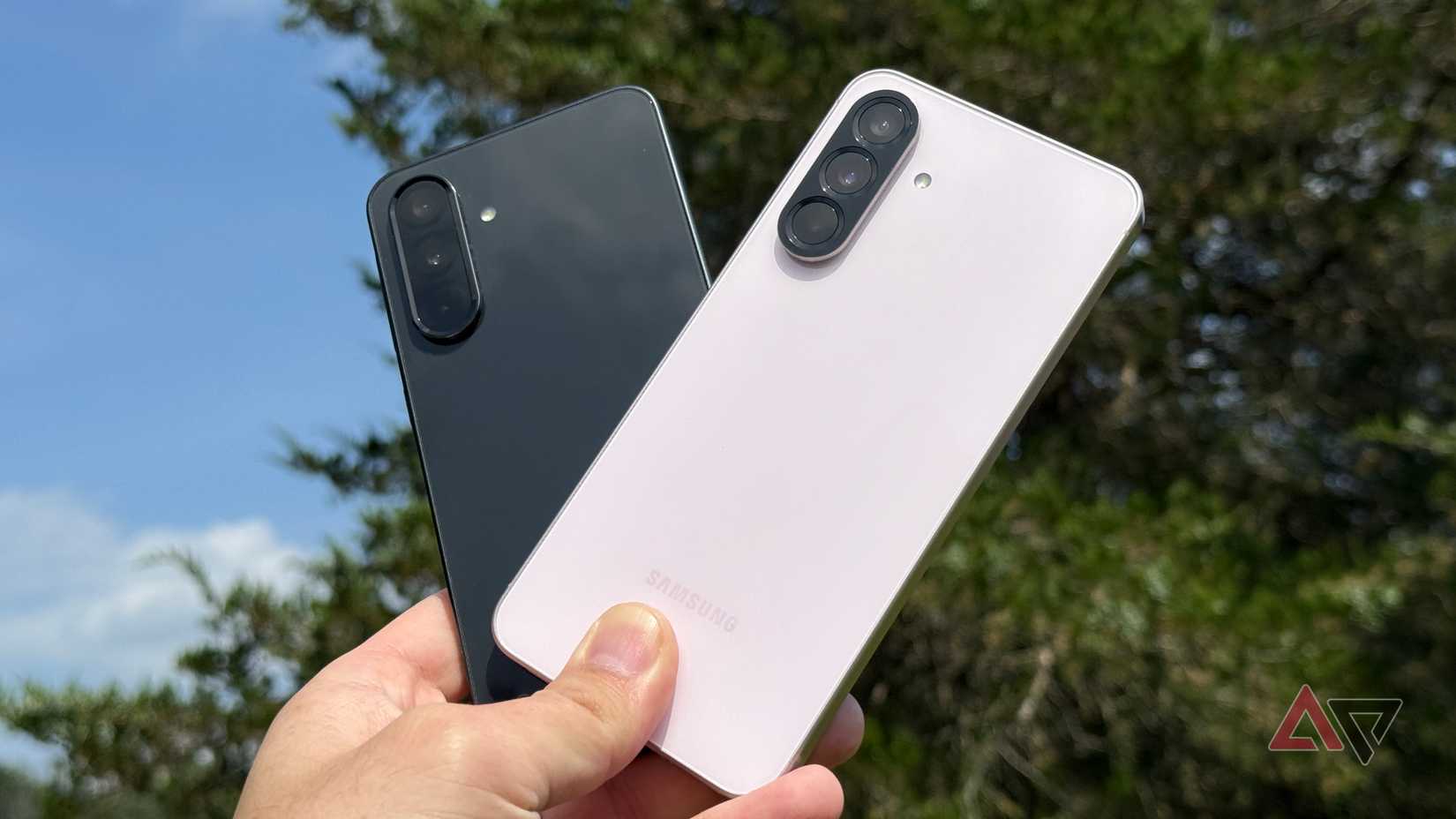The satellite signal wars just entered hyperspace. After T-Mobile boldly launched its Starlink-powered T-Satellite service on July 23 — and took not-so-subtle shots at its rivals — AT&T has issued its own quiet, calculated response. AT&T’s message? It’s already one technological step ahead, and doesn’t need to resort to petty boasts.
The new space race
Nice satellite service you got there. Would be a shame if somebody were to compete
T-Mobile, never shy when it comes to marketing bravado, crowed about its new satellite service while poking fun at the competition. Verizon was dinged for having fewer than 10 operational satellites and minimal device support. AT&T got the harsher burn, with T-Mobile suggesting its customers are still “searching the skies for signs of life.” Ouch.
Cue AT&T’s rebuttal, which, true to form, is about as formal as a Supreme Court opinion. The company released a short statement titled “AT&T Satellite Solutions – Stay Connected. Everywhere.” While it doesn’t name T-Mobile (Big Tech rarely does when it can subtweet instead), the timing is conspicuous. Coincidence? In this industry? Doubtful.
AT&T’s statement leans on cold, hard coverage stats, claiming the largest wireless network in North America, reaching over 99% of the U.S. population and covering nearly 3 million square miles. For the remaining gaps, AT&T is working with AST SpaceMobile to offer satellite-based voice, data, and text with regular phones. And yes, it’ll hook into AT&T’s core network for seamless integration.
But here’s the kicker: buried in the press release is news of a major milestone from earlier this week. On July 21, AT&T and AST completed the first-ever native VoLTE and SMS messages through AST’s Block 1 satellites using regular phones and AT&T spectrum. The call passed through AT&T’s network, making it a truly integrated satellite-cellular achievement. And they only decided to tell us after T-Mobile’s fireworks? Makes you wonder if someone at AT&T HQ had this ace in their back pocket waiting for the right moment to play it.
AT&T also recapped a few greatest hits from its satellite portfolio: the first two-way voice call over its spectrum in April 2023, the first satellite video app call in June, and even a direct-to-cellular 5G call last September. Public safety testing with FirstNet? Check. A finalized commercial deal with AST? Done. Five new BlueBird satellites in orbit? Launched last September. And by February 2025, they’d already completed their first satellite-powered video call.
At this point, it looks like Verizon’s move. Because right now, this is starting to look like a two-horse race. And one of them just pulled into orbit.




